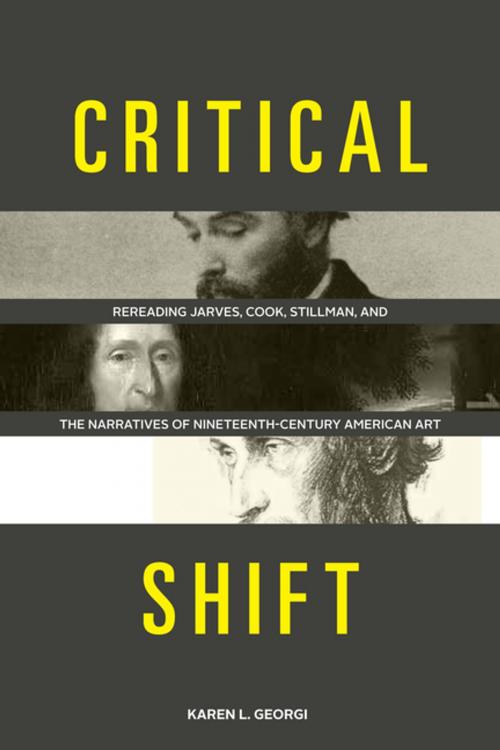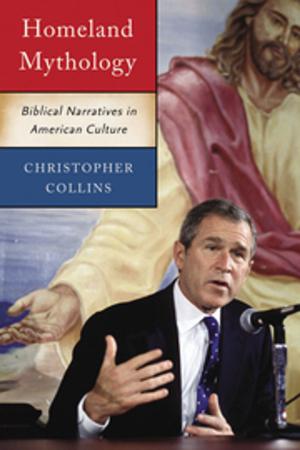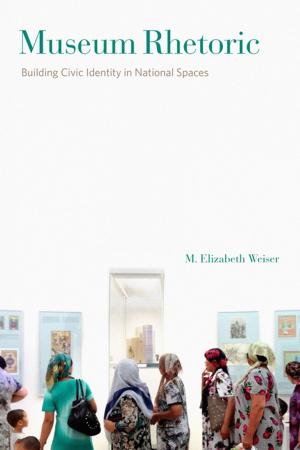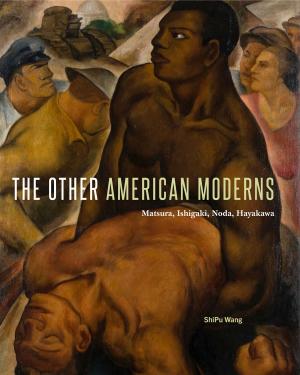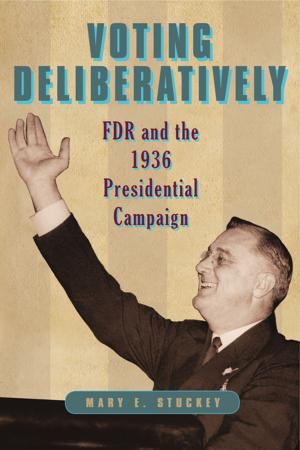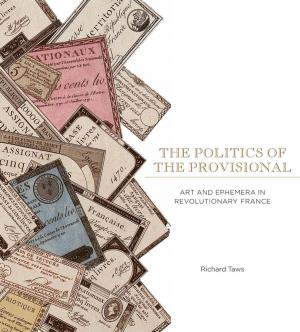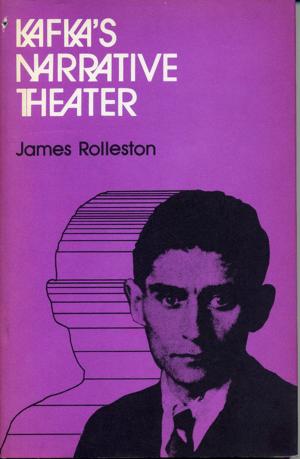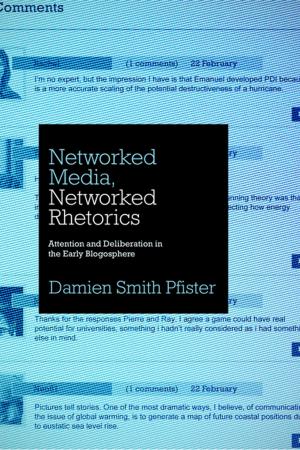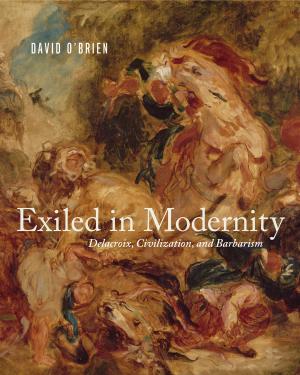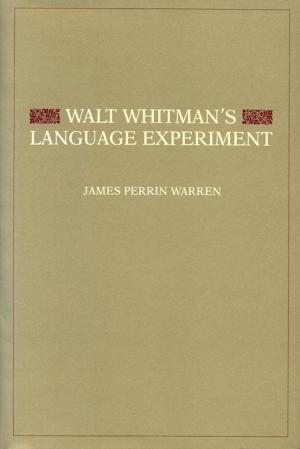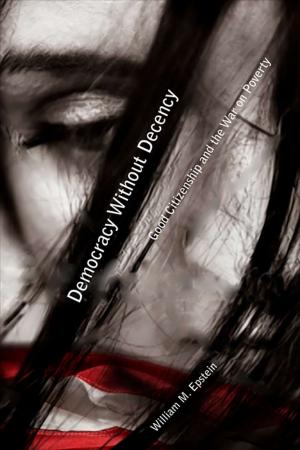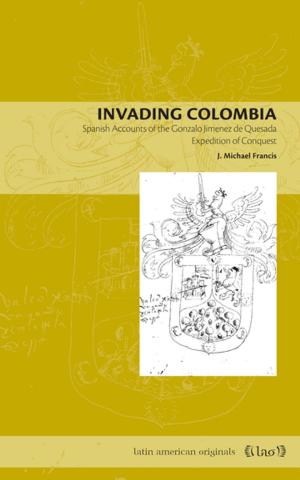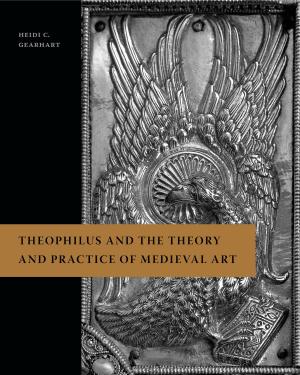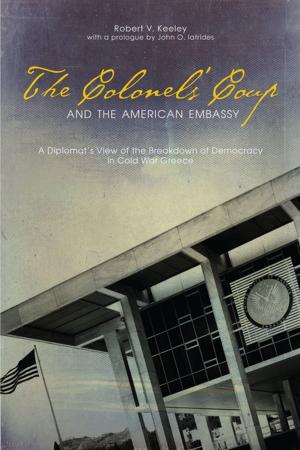Critical Shift
Rereading Jarves, Cook, Stillman, and the Narratives of Nineteenth-Century American Art
Nonfiction, Art & Architecture, General Art, Art History, American, Criticism| Author: | Karen L. Georgi | ISBN: | 9780271069135 |
| Publisher: | Penn State University Press | Publication: | September 3, 2013 |
| Imprint: | Penn State University Press | Language: | English |
| Author: | Karen L. Georgi |
| ISBN: | 9780271069135 |
| Publisher: | Penn State University Press |
| Publication: | September 3, 2013 |
| Imprint: | Penn State University Press |
| Language: | English |
American Civil War–era art critics James Jackson Jarves, Clarence Cook, and William J. Stillman classified styles and defined art in terms that have become fundamental to our modern periodization of the art of the nineteenth century. In Critical Shift, Karen Georgi rereads many of their well-known texts, finding certain key discrepancies between their words and our historiography that point to unrecognized narrative desires. The book also studies ruptures and revolutionary breaks between “old” and “new” art, as well as the issue of the morality of “true” art. Georgi asserts that these concepts and their sometimes loaded expression were part of larger rhetorical structures that gainsay the uses to which the key terms have been put in modern historiography.
It has been more than fifty years since a book has been devoted to analyzing the careers of these three critics, and never before has their role in the historiography and periodization of American art been analyzed. The conclusions drawn from this close rereading of well-known texts challenge the fundamental nature of “historical context” in American art history.
American Civil War–era art critics James Jackson Jarves, Clarence Cook, and William J. Stillman classified styles and defined art in terms that have become fundamental to our modern periodization of the art of the nineteenth century. In Critical Shift, Karen Georgi rereads many of their well-known texts, finding certain key discrepancies between their words and our historiography that point to unrecognized narrative desires. The book also studies ruptures and revolutionary breaks between “old” and “new” art, as well as the issue of the morality of “true” art. Georgi asserts that these concepts and their sometimes loaded expression were part of larger rhetorical structures that gainsay the uses to which the key terms have been put in modern historiography.
It has been more than fifty years since a book has been devoted to analyzing the careers of these three critics, and never before has their role in the historiography and periodization of American art been analyzed. The conclusions drawn from this close rereading of well-known texts challenge the fundamental nature of “historical context” in American art history.
